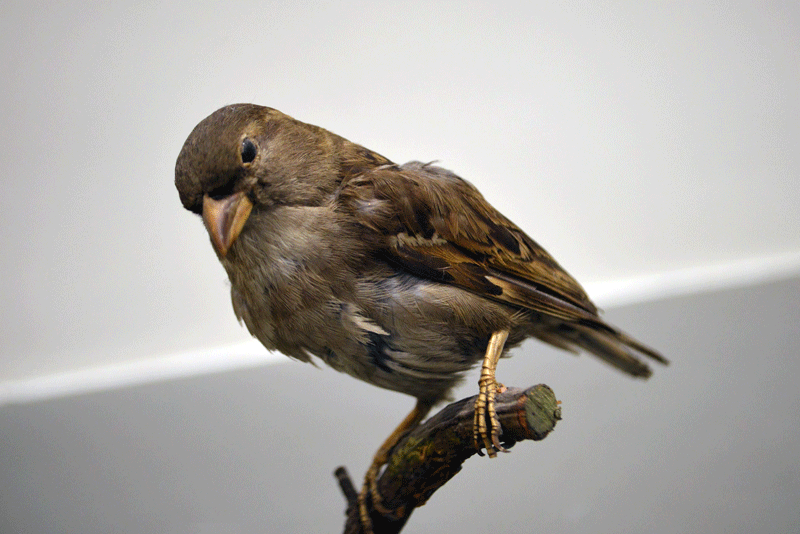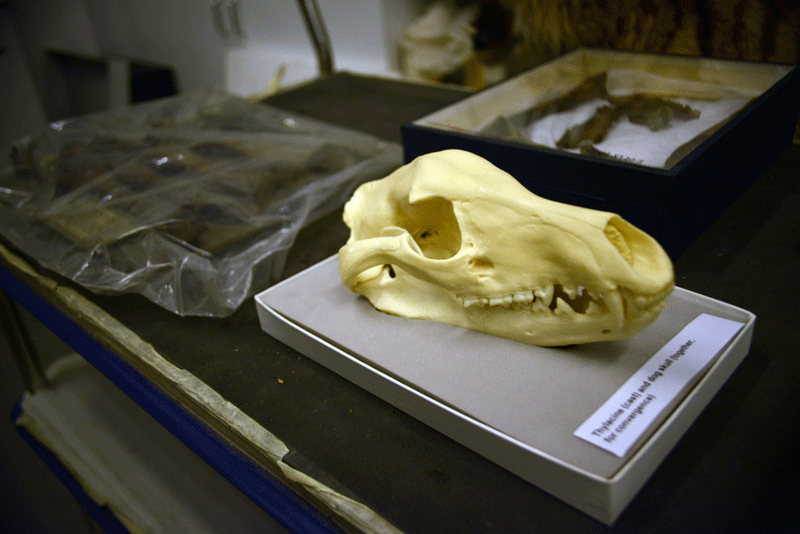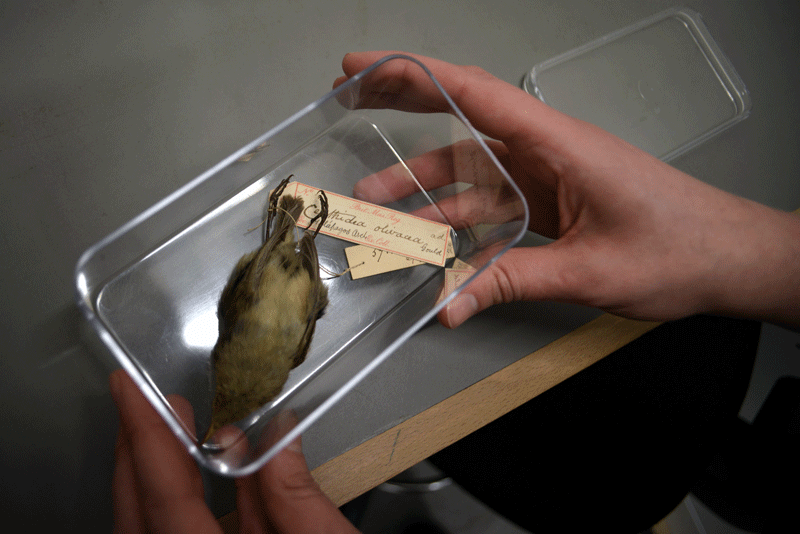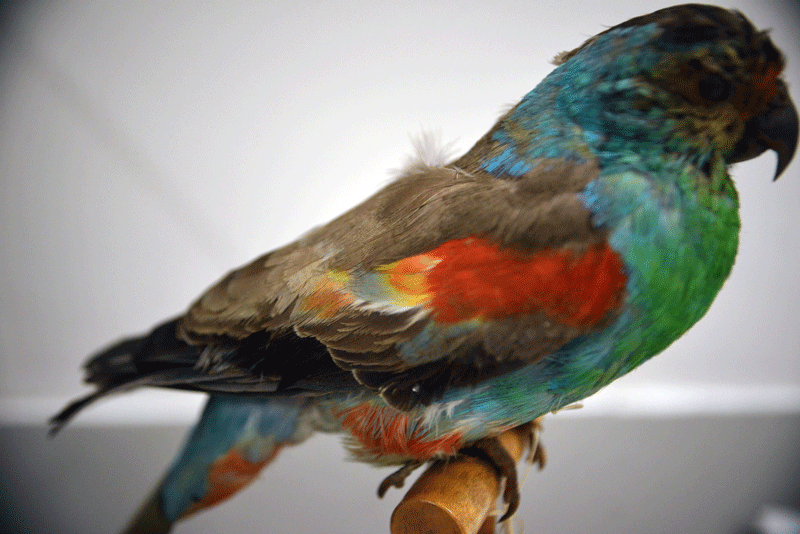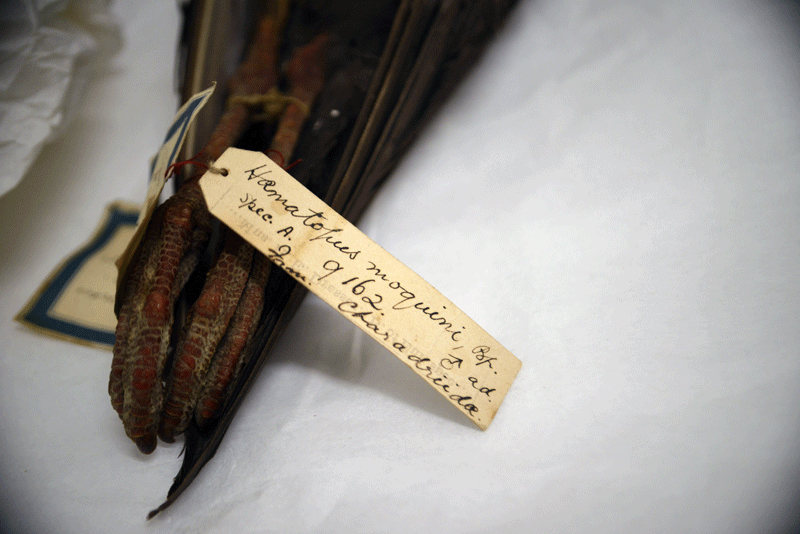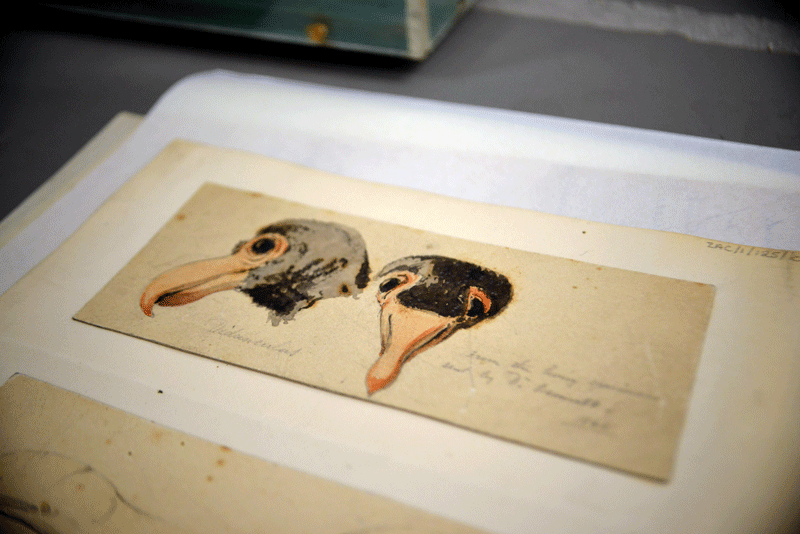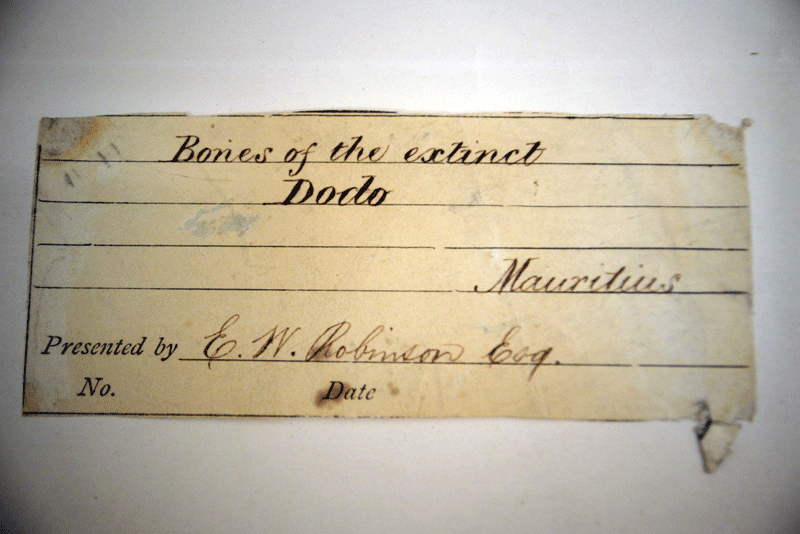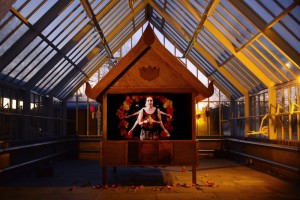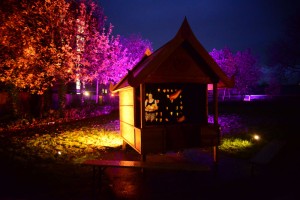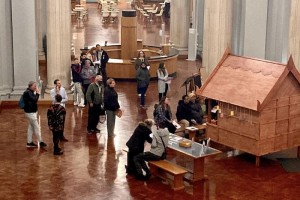Laurence Payot has been appointed as artist in residence for Thinking Through Extinction, a project that explores how the current global mass extinction event is communicated by and encountered in public spaces. Funded by the Arts and Humanities Research Council, the main project partners are University of Leeds, Manchester Museum and Corridor 8.
Laurence will bring together a team of creative people to investigate what people think, imagine, and believe about the broad concept of “extinction”. A final artwork will be presented in October at Manchester Museum or online.
Images below have been collected during a visit of the Manchester Museum Zoology Collection, with Rachel Petts. They picture animal specimens or illustrations of extinct species.
Humble House sparrows, depicted below, are declining. they are a red listed specie, of high conservation concern, endangered due to farming practices. The were first recorded in the Uk in the 1970’s and since then they declined by 50% in rural areas and by 60% in more urban areas.
Below is the skull of a Thylacine, or Tasmanian Tiger/ Tasmanian Wolf. They lived in Australia and Tasmania, they were marsupial, had a pouch (both male and female). The last one was called Benjamin, he lived in a zoo in Tasmania and he died in 1936. They were badly treated, we over-exagerated the fact that they hunted live stock and sheep, so there a bounty’s set out in Tasmania, a financial reward to kill them, from about 1830, and then in 1888 the Australian government introduced a bounty too, for £1 per every dead animal (equivalent to £100 nowadays). By the 1930’s they realised that they were endangered but by that point it was too late.
The bird below is very special, it is a Warbler Finch collected in 1836 by Charles Darwin on his voyage on the Beagle, when he visited the Galapagos Islands. These birds helped him develop his theory on evolution. More info here.
The Paradise Parrot, from Australia, is completely extinct, the last sightings were in 1927. It disappeared due to hunting, habitat loss, and introduction to cats and dogs.
Curlew Splinter Bills are most probably extinct, as the last seeing was 1985 in Siberia. They declined due to hunting and drainage of wetland habitat.
The Cacapo is a parrot native to New Zealand, ground dwelling, flightless and nocturnal. They are critically endangered with less than 100 adults surviving.
Below are some illustration of the Dodo, Manchester Museum also has some bones , but here are no complete skeleton or specimens of the Dodo anywhere in the world, and only one skull containing soft tissue. They are not many depictions of the Dodo, because not many people have actually saw it. If you look at the painting and drawings, they do vary quite a lot.

